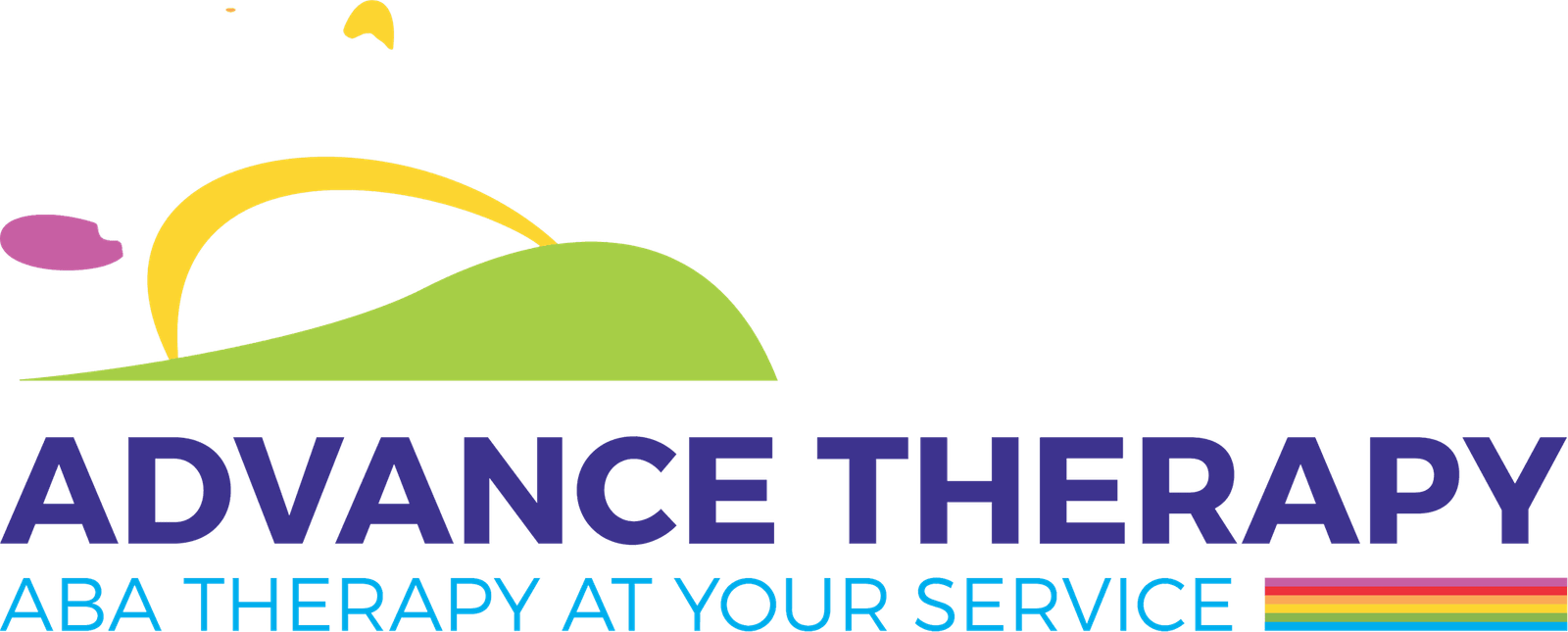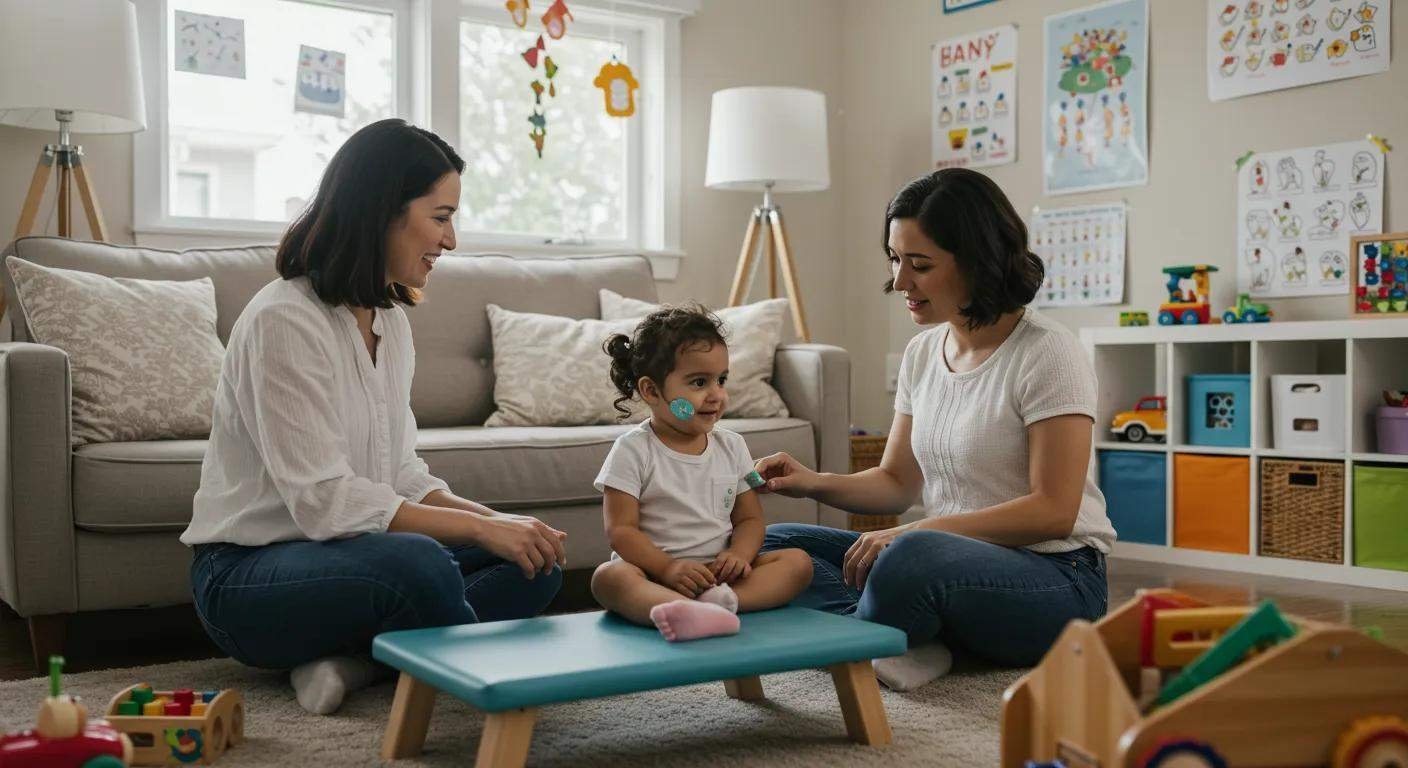
In-Home ABA Therapy Services in Brampton: Comprehensive Support for Autism and Developmental Needs
Introduction
Applied Behavior Analysis (ABA) therapy is an evidence-based intervention that significantly improves the lives of children with autism and developmental disabilities. In-home ABA therapy in Brampton offers individualized, intensive support where the child feels most comfortable. This approach combines rigorous behavioral strategies with compassionate care, tailoring each intervention to meet the child’s unique needs. By providing therapy in the home, families benefit from flexible scheduling, personalized treatment plans, and continuous progress monitoring—all within a familiar environment. This article offers an overview of in-home ABA therapy in Brampton, including its methodology, benefits, cost structure, program details, and long-term outcomes for children and their families. Families seeking trusted autism support services in Brampton are encouraged to contact us to learn more about our specialized ABA programs.
What Is in-Home ABA Therapy and How Does It Benefit Families in Brampton?
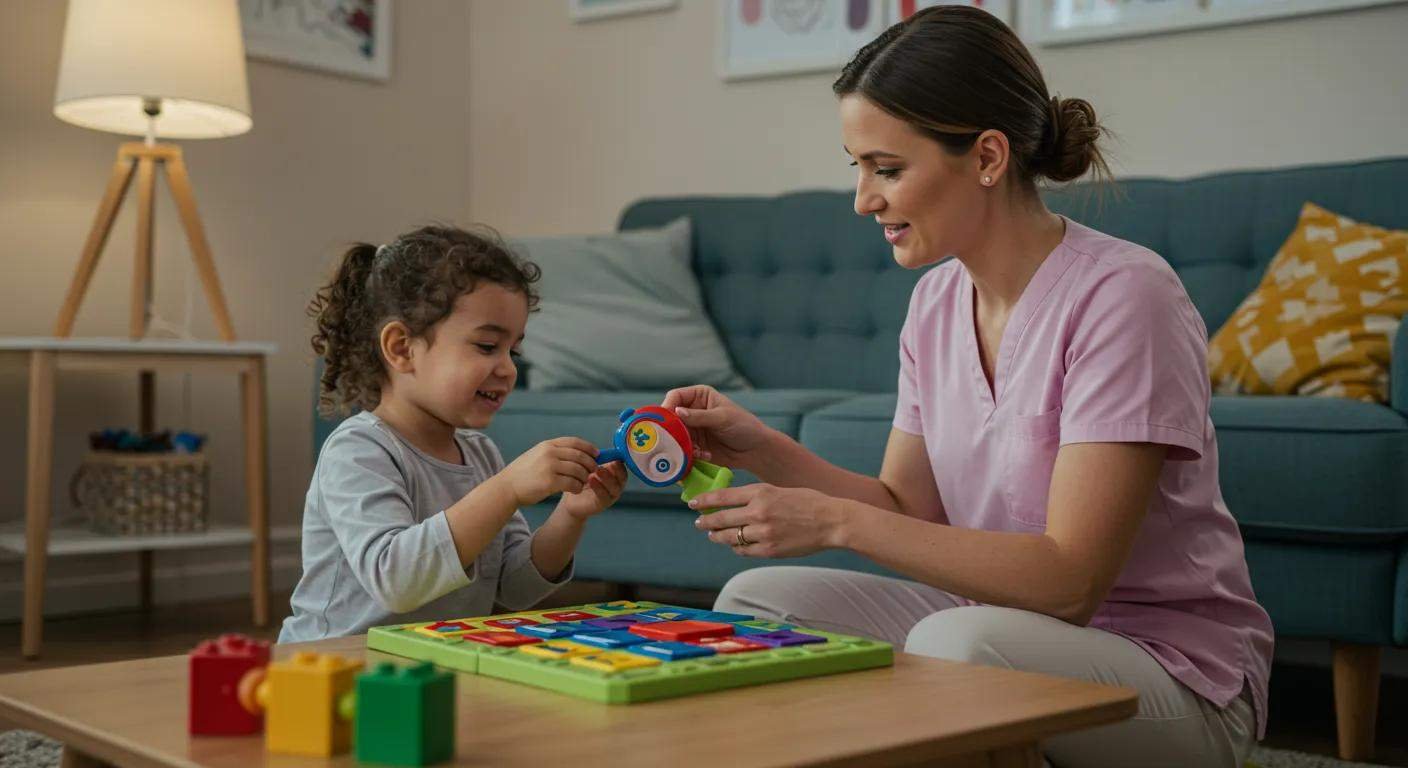
In-home ABA therapy is a structured program delivered within the family’s home to improve social, communication, and learning skills in children with autism and developmental disabilities. It is based on comprehensive assessments and individualized treatment plans that address each child’s needs in a comfortable environment.
How Does ABA Therapy Work in a Home Setting?
ABA therapy in the home starts with a thorough behavioral assessment by qualified professionals who identify the child’s strengths, challenges, and key behaviors. Based on the assessment, therapists develop an intervention plan that includes methods such as discrete trial training and natural environment teaching. Conducting therapy at home allows skills to be generalized to everyday situations, while the familiar surroundings reduce anxiety and resistance. Therapists use reinforcement techniques, such as rewards and immediate feedback, ensuring that learning is naturally integrated into daily routines. Family members are also trained to support and manage challenging behaviors, thus enhancing overall treatment effectiveness.
What Are the Key Benefits of Receiving ABA Therapy at Home?
Receiving ABA therapy at home offers several advantages. It provides consistent, personalized intervention in an environment free from many distractions, which supports a sense of safety and promotes skill generalization. Additionally, it improves parent–child interactions by actively involving caregivers. The home-based setting minimizes travel and scheduling conflicts that are common with clinic-based services, allowing therapy to be integrated into daily routines. Moreover, the non-clinical setting often produces more natural behavior, making progress easier to monitor. Studies indicate that children receiving in-home ABA therapy show marked improvements in communication, social engagement, and adaptive skills while experiencing reduced stress levels.
How Does in-Home Therapy Support Children With Autism and Developmental Disabilities?
Home-based therapy tailors interventions to fit each child’s developmental profile by embedding learning opportunities into daily routines. This is particularly important for children with autism who may be overwhelmed in unfamiliar settings. Therapists observe natural behaviors and triggers at home and adjust intervention strategies accordingly. ABA techniques such as prompting, modeling, and shaping are applied consistently, which facilitates the learning of new skills and behaviors in a familiar context. As a result, children improve in communication, social interactions, and overall independence, while therapy intensity and flexibility cater to the child’s pace for sustained improvement.
Who Are the Leading ABA Therapy Providers in Brampton for in-Home Support?
Brampton hosts several highly regarded ABA therapy providers specializing in in-home services for children with autism and developmental disabilities. These providers are committed to evidence-based practices, ongoing professional development, and compassionate family-centered care. They work closely with families from assessment through progress monitoring, ensuring that every aspect of therapy is carefully planned and executed.
What Qualifications and Experience Should You Look for in ABA Therapists?
When choosing an ABA therapist, it is important to look for board certification (BCaBA or BCBA), substantial clinical experience, and specialized training in home-based therapy. Reputable providers in Brampton typically have a proven record of successful interventions and continuously update their methods with current research and professional development. They foster collaborative relationships with families, guiding them in managing challenging behaviors and ensuring that treatment plans are effectively customized to each child’s needs.
How Do Brampton Providers Customize ABA Therapy Plans for Each Child?
Providers in Brampton conduct detailed evaluations through direct observation, interviews, and standardized tests to understand each child’s strengths and challenges. Using this information, therapists create individualized treatment plans with specific, measurable goals that reflect the child’s developmental stage. These plans incorporate a mix of structured training and natural environment teaching. Regular progress reviews and data collection allow for prompt adjustments, ensuring the therapy addresses current issues and builds a solid foundation for ongoing growth and independence.
What Makes Brampton ABA Therapy Providers Stand Out?
Brampton providers are distinguished by their family-centered approach, adherence to scientific principles, and use of innovative, research-backed techniques. They offer ongoing parental training and flexible, home-based sessions that maintain consistency beyond formal therapy periods. Their commitment to community outreach and professional collaboration helps refine their techniques continuously. High client approval rates, improved behavioral outcomes, and consistent long-term progress testify to the providers’ success in adapting therapy to meet evolving family needs.
How Much Does in-Home ABA Therapy Cost in Brampton?
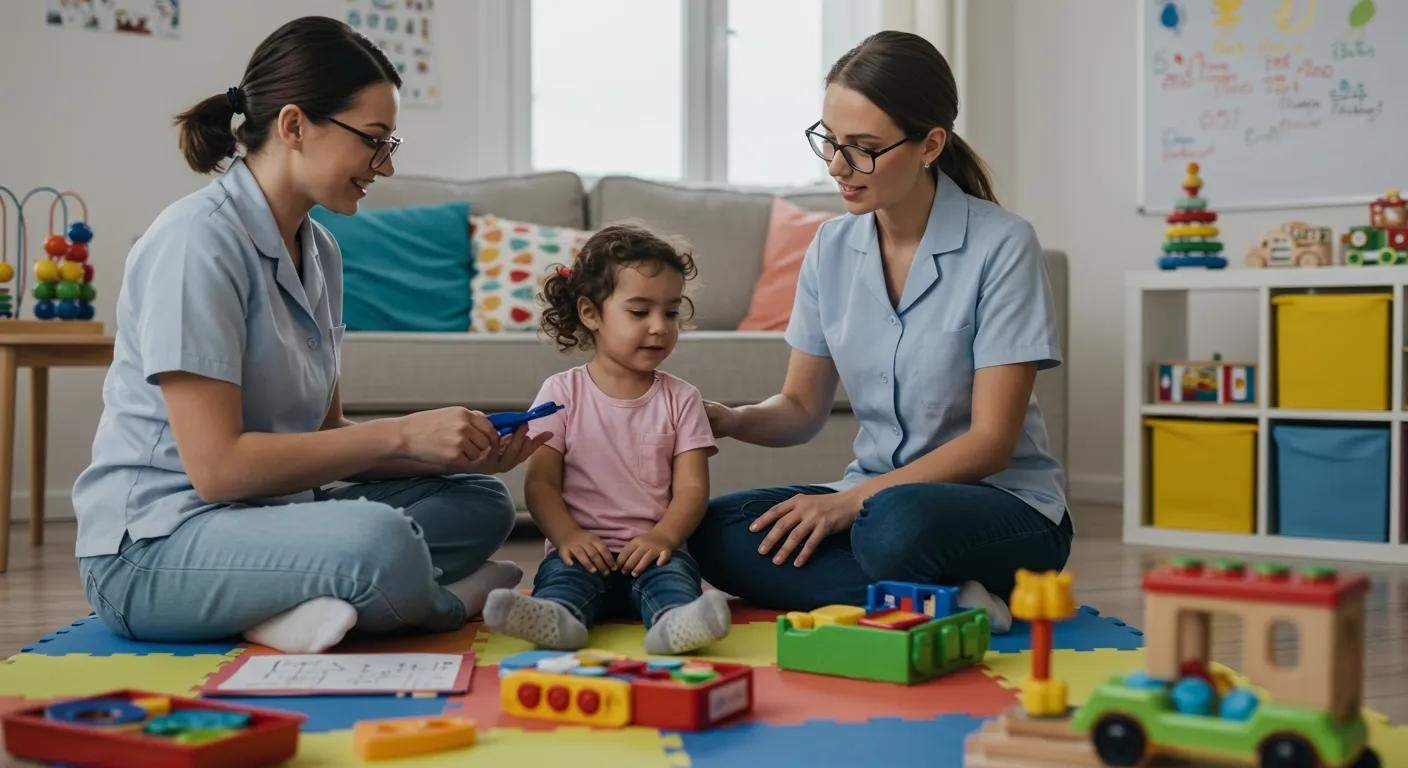
Cost is a common consideration for families exploring in-home ABA therapy. The price in Brampton varies depending on the service level, therapist credentials, and customization of the treatment plan. Providers may use different pricing models such as flat rates, hourly rates, or bundled packages covering extended therapy periods.
What Factors Influence the Cost of ABA Therapy at Home?
Several factors determine the cost of in-home ABA therapy. These include the therapist’s qualifications, treatment intensity (frequency and duration of sessions), and the extent of individualized support required. Additional costs may arise from comprehensive assessments, specialized equipment, and materials necessary for implementation. Some providers offer premium services that include extensive parent training and regular progress monitoring, which may be priced higher than standard packages.
Are There Financial Assistance or Insurance Options Available in Brampton?
Yes, many families in Brampton can access financial assistance for in-home ABA therapy. Numerous insurance providers offer partial or full coverage for ABA therapy, especially when it is deemed medically necessary. Providers may also offer sliding scale fees or payment plans to reduce the financial burden. Additionally, local non-profit organizations and government-funded programs can provide grants or additional support. Families are encouraged to inquire directly with providers about available insurance and assistance options.
How to Compare ABA Therapy Costs Among Brampton Providers?
When comparing costs, families should look beyond the headline prices to evaluate what is included in each service package. Request detailed breakdowns of session pricing, parent training, progress evaluations, and any additional support services. Reviews, testimonials, and success rates from previous clients can offer insights into the true value of each provider. Free initial consultations are common and can help families compare quality and pricing comprehensively.
| Provider Name | Hourly Rate | Service Package Inclusions | Additional Support | Client Success Rate |
|---|---|---|---|---|
| Provider A | $120 | Home sessions, parent training, data analysis | 24/7 support available | 95% |
| Provider B | $100 | Home sessions, bi-weekly reviews | Flexible scheduling | 92% |
| Provider C | $130 | Comprehensive treatment plan, extended training | Financial assistance options | 97% |
| Provider D | $110 | Standard package with monthly evaluations | Additional online resources | 93% |
| Provider E | $105 | Basic sessions, ad hoc training | Sliding scale fees | 90% |
The table above summarizes key factors such as hourly rate, service inclusions, additional supports, and client success that families should consider when comparing in-home ABA therapy providers.
What Does a Typical in-Home ABA Therapy Program Include in Brampton?
A typical program is designed to address multiple aspects of a child’s development through comprehensive assessments, individualized treatment plans, ongoing parent training, and continuous progress monitoring. The therapy is structured yet flexible to integrate seamlessly within everyday routines.
How Are Comprehensive Assessments Conducted at Home?
Comprehensive assessments in the home begin with skilled professionals observing the child in their natural environment. These assessments cover communication, social skills, cognitive functioning, and adaptive behavior. Data is gathered through direct observations, standardized tests, and caregiver interviews to accurately capture the child’s baseline abilities and set the stage for an effective intervention plan.
What Are Individualized Treatment Plans and How Are They Developed?
Based on assessment data, therapists craft individualized treatment plans that outline specific, measurable goals for behavior, communication, social interaction, and academics. These plans use evidence-based strategies such as discrete trial training and natural environment teaching. Regular reviews and data updates ensure that goals remain aligned with the child’s evolving needs and progress.
How Is Parent Training and Support Integrated Into Therapy?
Parent training is a core component of in-home ABA therapy. Providers conduct sessions to demonstrate techniques, use role-playing exercises, and offer personalized coaching to help parents reinforce positive behaviors at home. Regular check-ins, home visits, or virtual sessions ensure that parents remain confident and consistent, enhancing treatment effectiveness through active family involvement.
How Can Families in Brampton Prepare for in-Home ABA Therapy?

Successful in-home ABA therapy requires thoughtful preparation and a willingness to adapt daily routines. Viewing therapy as a collaborative journey helps families integrate intervention techniques into everyday life, easing initial resistance and reducing stress.
What Should Parents Expect During the First Therapy Sessions?
During the initial sessions, parents can expect a comprehensive intake that includes assessments, observations, and discussions to set clear therapy goals. Therapists outline the session structure, activities planned, reinforcement methods, and progress measurement techniques. Active parent participation is encouraged to ensure alignment of treatment strategies with the child’s daily routine and specific needs.
How Can Caregivers Support Therapy Goals Between Sessions?
Between sessions, caregivers can reinforce therapy by integrating learned techniques into daily routines. This can involve using visual schedules, offering immediate praise for positive behaviors, and maintaining consistent routines. Keeping detailed logs of the child’s progress and challenges helps therapists adjust the program as necessary. Regular communication with the therapist further ensures that emerging issues are addressed promptly.
What Are Common Challenges and How Can Families Overcome Them?
Families may face challenges such as initial resistance from the child, inconsistent application of techniques, or emotional fatigue. These challenges can be managed with patience, clear communication with therapists, and a willingness to adapt strategies. Joining support groups or networks can also provide emotional support and practical advice, helping families celebrate small successes and maintain a positive outlook throughout the therapy process.
What Are the Long-Term Outcomes of in-Home ABA Therapy for Children in Brampton?
Long-term outcomes of in-home ABA therapy are very promising. Families report steady improvements in communication, social skills, and overall independence for their children. The structured yet personalized approach leads to sustained behavioral changes and an enhanced quality of life for both the child and the family.
How Does ABA Therapy Improve Communication and Social Skills?
ABA therapy uses techniques such as role-playing, direct interaction, and naturalistic teaching to reinforce both verbal and nonverbal communication. As children repeatedly practice these skills in a supportive home environment, they become more adept at initiating conversations, maintaining eye contact, and understanding social cues. Over time, these skills generalize to various settings, supporting academic success and broader social engagement.
What Evidence Supports the Effectiveness of In-Home ABA Therapy?
Multiple studies and family testimonials have shown significant improvements in adaptive behavior, cognitive abilities, and language skills among children receiving in-home ABA therapy. Controlled trials indicate that early, intensive intervention can lead to faster skill acquisition and reduced challenging behaviors. Standardized assessments consistently confirm that home-based therapy produces benefits comparable to, and sometimes greater than, clinic-based programs.
How Does Therapy Impact Family Quality of Life?
In-home ABA therapy not only benefits the child but also improves overall family quality of life. As children develop better communication and social skills, household stress decreases and relationships improve. Parents acquire practical skills for managing behavior, leading to a more harmonious home environment and reduced caregiver burnout. Families often report increased child independence and greater confidence in handling daily challenges, contributing to lasting familial resilience.
Where Can You Find Trusted Autism Therapy Services in Brampton?
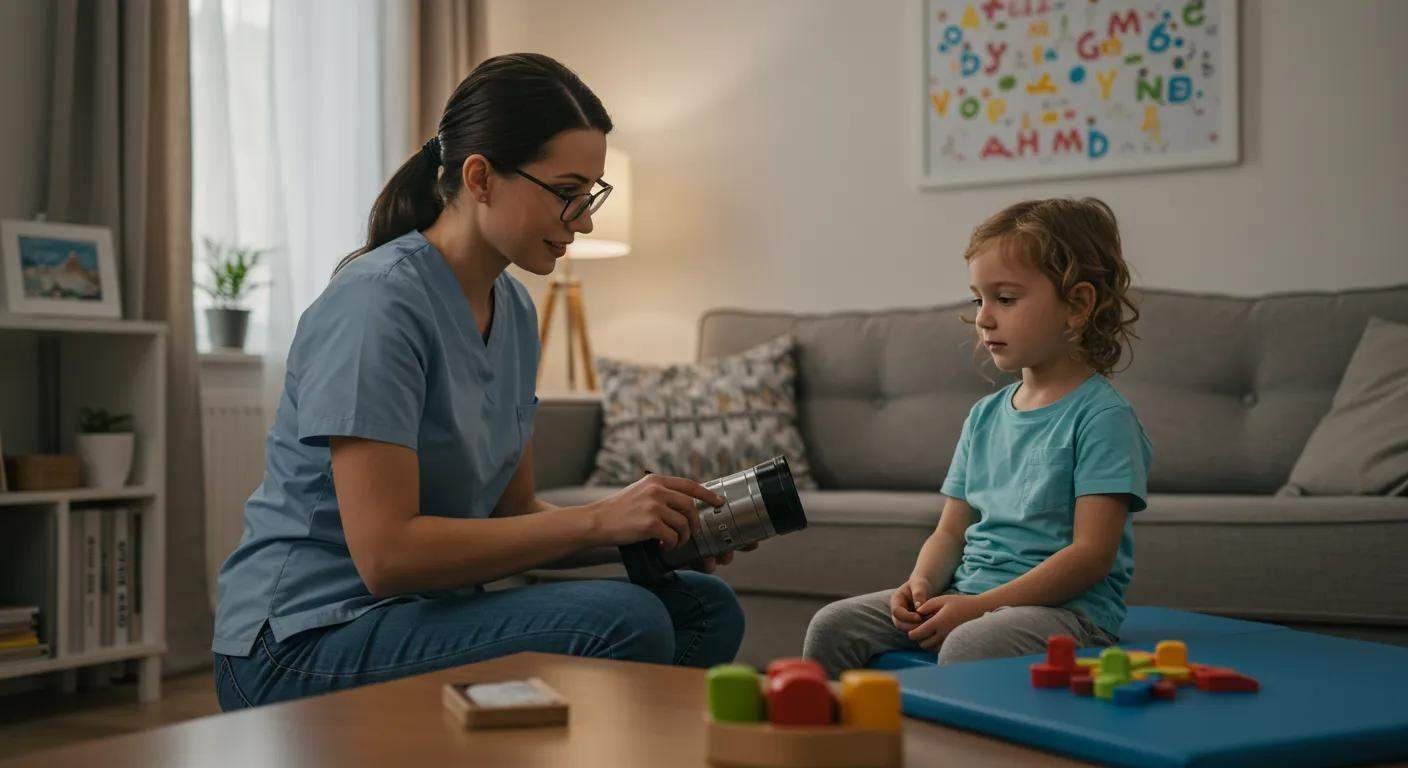
Families in Brampton can access a network of highly qualified autism therapy service providers who specialize in delivering in-home ABA therapy. These providers are known for their expertise, comprehensive treatment models, and strong track records in achieving positive outcomes. Choosing the right provider ensures that therapy is effective and tailored to the unique needs of each child, resulting in improved long-term outcomes and enhanced quality of life.
How to Choose the Right in-Home ABA Therapy Provider Near You?
When selecting a provider, families should evaluate credentials such as board certification, years of experience, and documented success. Consultations with multiple providers are advisable to gauge treatment philosophies and ensure they align with family values. Reviews, testimonials, and case studies help in understanding each provider’s quality of care. It is also crucial to confirm that the provider offers comprehensive parent training, continuous progress monitoring, and a flexible schedule that suits the family’s lifestyle.
What Are the Steps to Get Started With ABA Therapy in Brampton?
Getting started involves scheduling an initial consultation to discuss the child’s needs. During this meeting, the provider explains the assessment process, develops a tailored treatment plan, and outlines the therapy schedule. After completing necessary paperwork and securing any insurance approvals or financial assistance, regular in-home sessions are scheduled. Ongoing support through periodic progress reviews ensures the treatment plan evolves with the child’s development.
What Resources Are Available for Families Seeking Autism Support Locally?
Brampton offers many resources for families, including community centers, non-profit organizations, and government programs that provide informational sessions, counseling, and support groups. Free consultations and workshops offered by local evaluation centers, along with online directories, help parents connect with experienced therapists and access educational materials. Collaborative efforts between providers, schools, and community agencies further enhance the support available.
Frequently Asked Questions
Q: What is the main advantage of in-home ABA therapy over clinic-based services?
A: In-home ABA therapy offers a familiar, natural environment for the child, promoting better skill generalization, greater convenience for families, and personalized support integrated into daily routines.
Q: How is progress tracked in an in-home ABA therapy program?
A: Progress is monitored through regular data collection, direct observations, and periodic assessments. Therapists review these metrics with families during scheduled meetings to adjust strategies as needed.
Q: What qualifications should an ABA therapist have for in-home services?
A: Therapists should be board-certified (BCBA or BCaBA) with extensive experience in treating children with autism and specialized training in home-based interventions.
Q: How do families manage the cost of in-home ABA therapy?
A: Families can explore insurance options, financial assistance programs, and sliding scale fees. Providers typically offer detailed cost breakdowns and payment plans during initial consultations.
Q: Can parents be involved in the therapy sessions?
A: Yes, parental involvement is essential. Therapists provide training and continuous support, empowering parents to reinforce techniques between sessions.
Q: What long-term outcomes can families expect from in-home ABA therapy?
A: Families often see improvements in communication, social interactions, and increased independence in children, resulting in reduced caregiver stress and a higher overall quality of life.
Q: How quickly can improvements be seen with in-home ABA therapy?
A: While results vary, many families notice improvements in communication and behavior within a few months of consistent therapy, with continued long-term gains.
Final Thoughts
In-home ABA therapy in Brampton provides a personalized, flexible, and effective approach to supporting children with autism and developmental disabilities. By integrating structured therapy into daily life and involving caregivers throughout the process, these programs foster sustained progress and meaningful, long-lasting improvements. Families seeking impactful, compassionate, and evidence-based interventions are encouraged to explore in-home ABA therapy options and contact us for comprehensive assistance and expert care.
